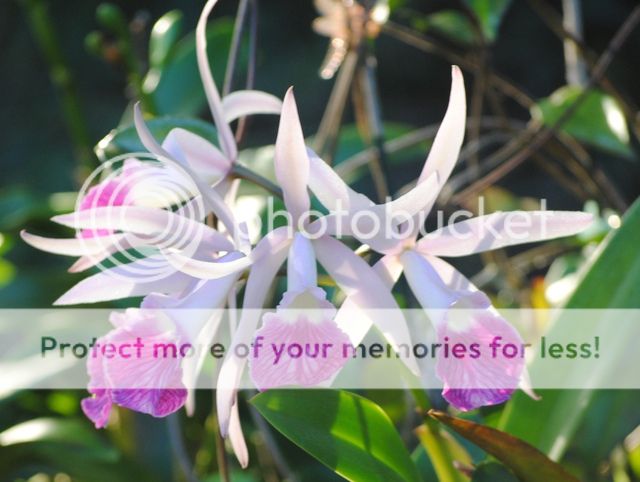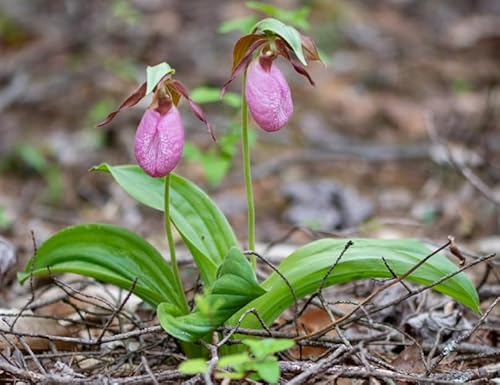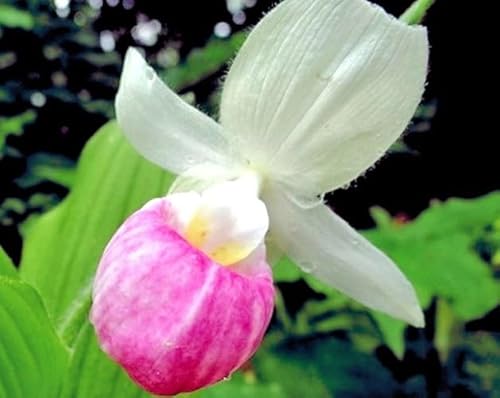rcb
Well-Known Member
"The pot weighed 426 to start so it is drying but not dry yet.
I assume the pot at 426 still had some moisture in the media before you watered it?"
The pot was bone dry, it had been cool here over the last week, so I hadn't watered. (We are in a dry spell - which is ending tomorrow - serious rains for tomorrow) If I hadn't fertilized again this morning, I'm pretty sure by tomorrow morning it would have been back down to that weight.
Thanks for the logging off tip!
I assume the pot at 426 still had some moisture in the media before you watered it?"
The pot was bone dry, it had been cool here over the last week, so I hadn't watered. (We are in a dry spell - which is ending tomorrow - serious rains for tomorrow) If I hadn't fertilized again this morning, I'm pretty sure by tomorrow morning it would have been back down to that weight.
Thanks for the logging off tip!













































